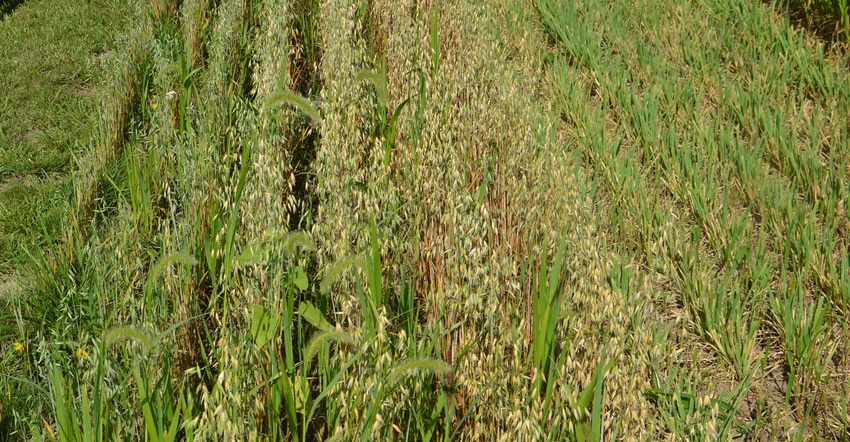February 16, 2021

So, you still haven’t tried cover crops. What are you waiting for? No matter what rotation or amount of tillage is part of your current system, adding cover crops can help it work better.
Here are several different ideas on how to include cover crops:
Understand they fit all cropping systems. Decades of tillage and a corn-soybean rotation have left our soils degraded from erosion, loss of soil organic matter and soil tilth. As you experience extreme weather events, attempting to heal the soil and build back some resiliency with cover crops will have long-term benefits.
Help soil biology. Think about how the soil responds after bringing a hay field or fencerow into production. Many of soils need a serious recharge. Cover crops can help provide that recharge. Cover crops or more crops in rotation are crucial to improving and increasing biology. Reduced soil disturbance plus manure or compost applied at correct rates can also give soil biology a boost. Cover crops, along with less tillage, and a little manure or compost, will have a duplicative positive impact.
Terminate with tillage. Tillage can be a termination method for the cover crop in the spring. While there are more benefits from allowing cover crops to grow longer, if just getting started, maybe you don’t want too much growth to contend with during planting.
Pick worst field. Everyone has a bad field, so there’s not much to lose trying cover crops on it. However, this assumes you’ve also attempted to identify and address other yield-limiting factors, especially poor drainage and low soil pH.
Try on a small number of acres. The common phrase is “go big or go home.” This might not apply if trying cover crops for the first time. Try 40 acres of cover crops first. Give it an honest attempt at success, just like if you were trying a new cash crop.
Target small gullies. Some fields that lack good infiltration or cover experience small gullies. Planting these areas is a good way to try cover crops.
Select winterkill species. Another way to dip your toes into cover crops is planting a mix of oats and radish, which will winter-kill most years ahead of corn. Success depends on a cover crop’s establishment as early as possible in the fall to allow for maximum growth before winter. This option reduces termination concerns in the spring, but you miss out on some cover crop benefits.
Try cereal rye before soybeans. Even if you try it on only a few acres, it’s one of the easier to establish options in the fall and to terminate in the spring. Terminating early, to avoid too much growth, will also allow you to take baby steps to familiarize yourself with this system. Terminate with herbicides or tillage.
Leave strips. To build confidence in what cover crops accomplish, leave parts of the field you established unplanted without cover crops, with either planned skips or strips. Give cover crops a fair evaluation, just like you would when trying anything else for the first time.
Bailey is the state conservation agronomist with the Natural Resources Conservation Service. He writes on behalf of the Indiana Conservation Partnership.
You May Also Like




